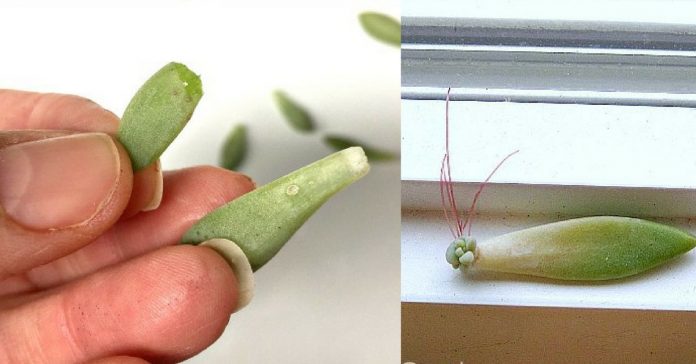Houseplants are a bit like potato chips. You can not have one! One of the advantages of certain types of plants is that after the initial investment, you can use this plant to spread “babies” that will become normal size plants over time. Not only is it a fun process to watch, but it will increase the population of your plant with little or no cost.
The spread of succulents is not a difficult thing to do at all. These five tips will help you grow many new starter plants from the plants you already have.
There are two types of cuttings that can be propagated to grow new plants: stem cuttings and leaf cuttings. To cut a stem, use a pair of sterilized scissors to cut a piece of your succulent just above a leaf on the stem. To cut a sheet, gently grasp the sheet you want to use. Espoma recommends a larger and mature leaf, healthy-looking, without spots. Stir it back and forth until it comes off the stem. Make sure the leaf breaks cleanly to the stem, leaving no pieces of the base. To spread successfully, the new “baby plant” needs a fully intact leaf.
If you want your cuttings to root faster, dip the end into the rooting hormone. Succulent plants take root quite easily on their own, making this step less critical than it is with other plant species.
Prior to planting the cuttings in soil or perlite, it is essential to enable time for slicing to frame a callus. As indicated by Birds and Blooms, this is to keep spoil from cutting the leaf or stem. Nothing extraordinary ought to be done to encourage this piece of the procedure. Simply put the cuttings of leaves or stems in a bowl or let them dry on the window ledge. The end should frame a callus in a couple of days.










